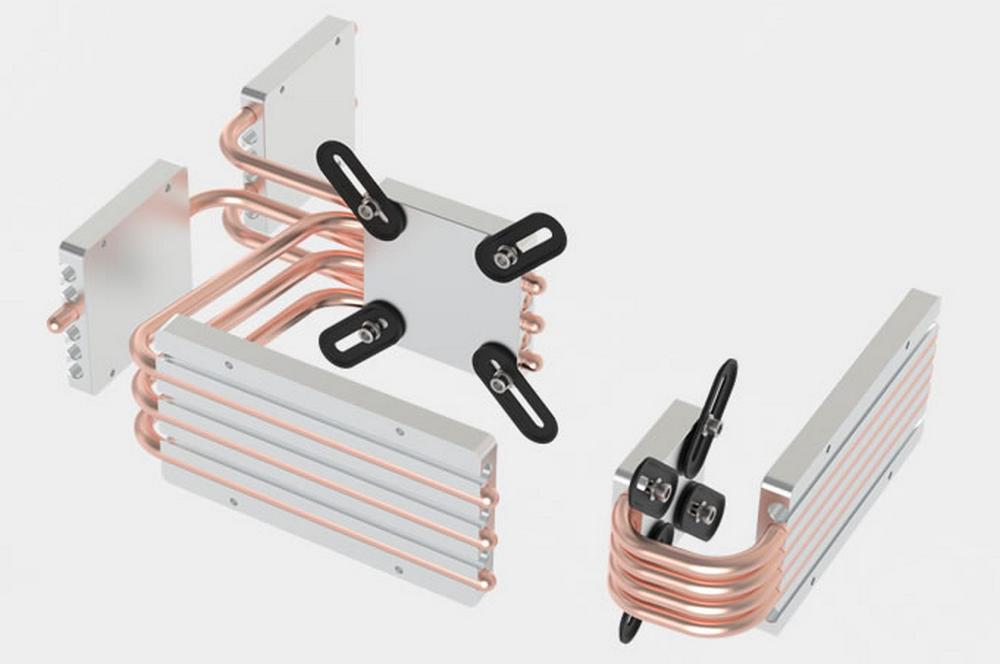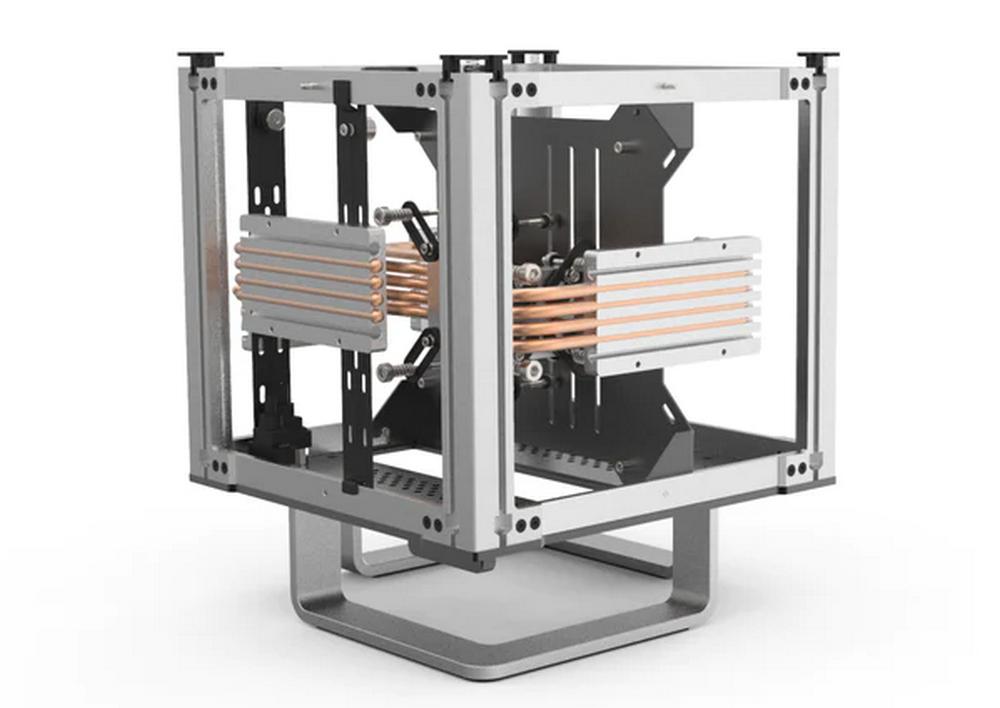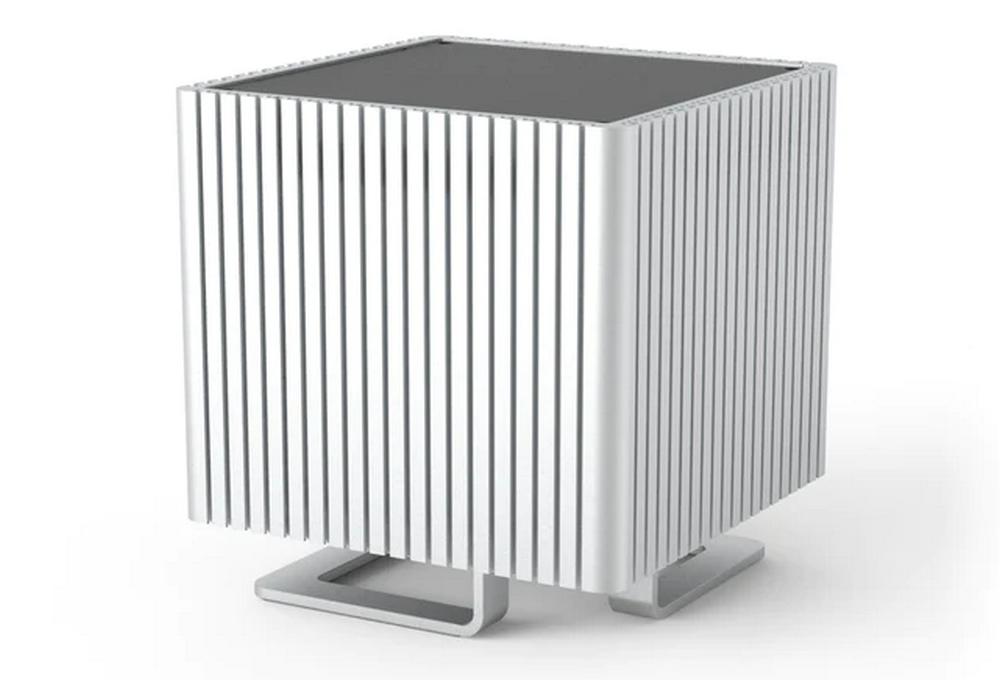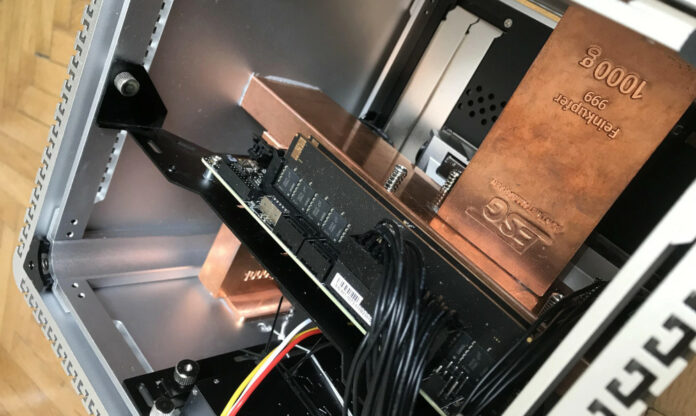Reddit user AromaticImpress7778 has managed to cool AMD’s most impressive consumer CPU to date, Ryzen 9 7950X, by using a combination of two adequately-sized copper blocks and a Streacom DB4 chassis featuring four aluminium side panels that operate as heatsinks.
The Streacom DB4 was introduced back in 2016 offering passive cooling for both CPUs and GPUs as long as their power doesn’t exceed 65W each. Interestingly, the chassis comes with its own heatpipe / heat-transfer system, comprised of a bunch of copper heatpipes shaped to the exact dimensions of the case, alongside aluminium ‘sockets’ to secure them on top of the CPU. Additional kits are also sold separately, allowing support for higher TDP CPUs up to 105W and GPUs up to 75W. So, why did AromaticImpress7778 bother with creating a personalised system?
Part of the reason resides with AromaticImpress7778’s main use case of programming which doesn’t exact 100 per cent of the CPU all the time, while during the occasional code compilation, the copper bars’ mass is enough to soak the heat. This is not the first time someone has tried something like this, however this time around the machine seems to be functional 24/7.

Running the CPU at max load for two hours resulted in 95°C on CCD1, 90°C on CCD2, and 77°C for the motherboard. Meanwhile, the side panels reached between 50°C and 60°C in a 25°C room. In this scenario, the CPU performed at about 90 per cent of its capacity, which is not bad at all.
For those wondering how AromaticImpress7778 managed to squeeze those blocks of copper in such tight spaces, it’s because the DB4’s side panels are all removable, allowing for 360 degrees of freedom when installing components or cooling. However, that doesn’t lower the level of precision needed on those copper pieces to make good contact with the panels, since thermal paste alone won’t be enough to transfer all the heat to the chassis.


To power the system, we find one of those tiny 250W smartphone-sized PSUs from HDPlex using GaN technology. While not as powerful as ATX or SFX PSUs, these are very compact and passively cooled, which is important for this build, otherwise why passively cool the CPU in the first place? With the motherboard and everything installed, the machine weighs a considerable 13kg.
Fancy doing something similar? The chassis seems to still be available to purchase for €356 from the manufacturer’s website or £352 from Amazon.

